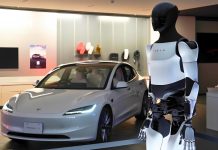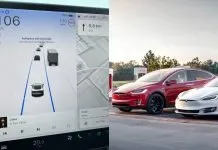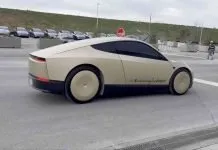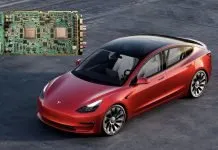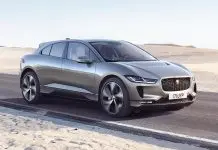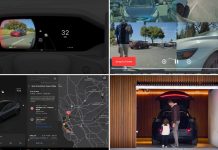Recent reports suggest that Tesla intends to restore the traditional turn signal stalk to its Tesla Model 3 based on the updated Model Y design. The upcoming change marks a shift from Tesla from its minimalist design strategy, which uses touch controls and wheel-mounted buttons for signaling.
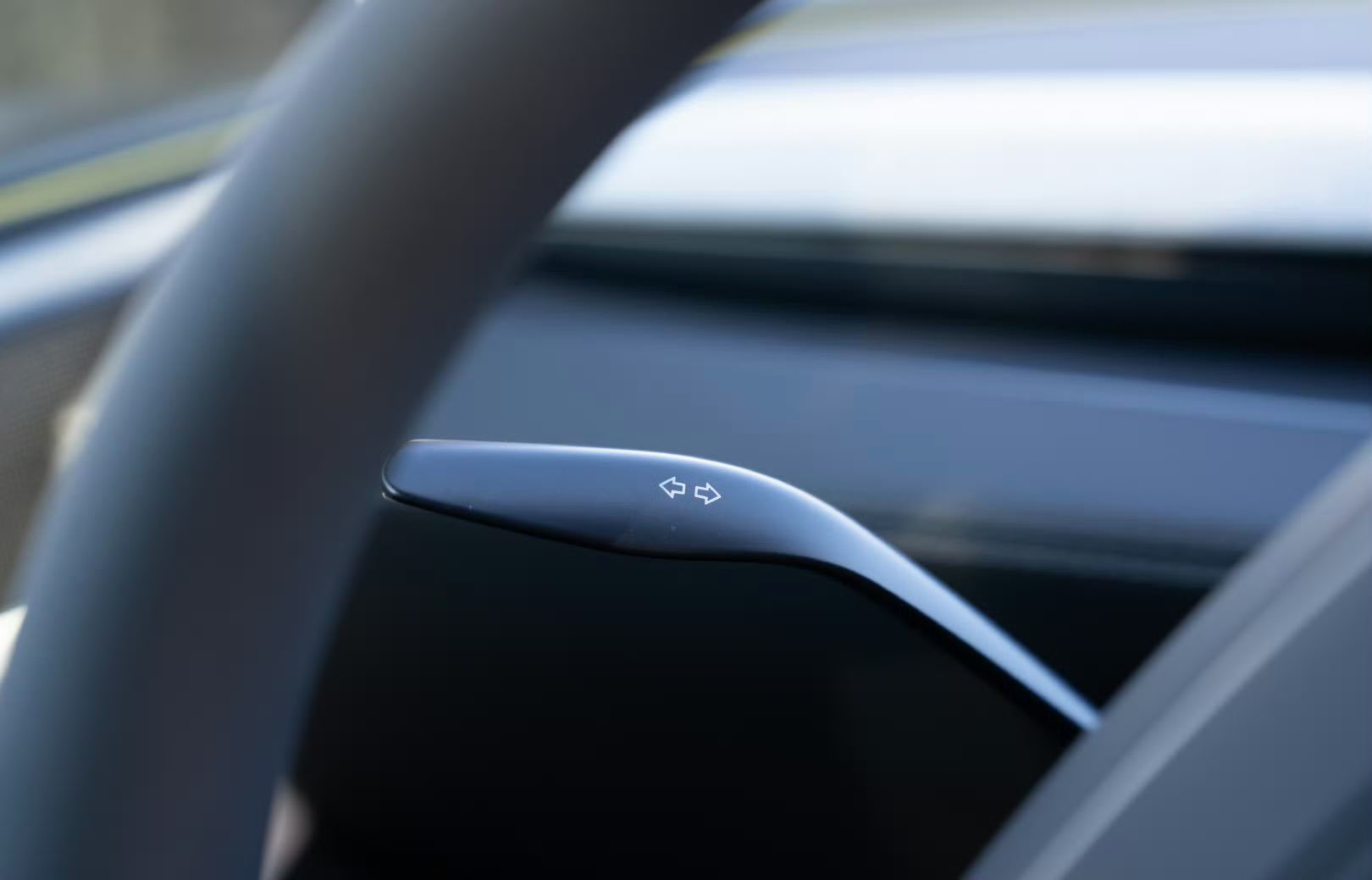
The Minimalist Design
Tesla has been known for its minimalist interior designs, as the company chose central touchscreens over traditional controls and knobs. The Model S, Model X, and most recently Model 3 versions implemented this design approach by eliminating steering column stalks. Instead, these vehicle models have touch-sensitive buttons installed on the steering wheel to control all necessary functions including turn signals.
However, this design choice has been controversial. Some users find the shift in Tesla vehicles as a normal technological advancement but many people struggle with using it ergonomically. Traditional turn signal stalks have gained praise as universally recognized control methods that users easily understand.
The Model 3 will soon add a turn signal stalk. https://t.co/beRn5V4Dqi
— Chris Zheng (@ChrisZheng001) February 17, 2025
Model Y’s Retention of the Stalk
The updated Model Y, dubbed ‘Juniper’, has caused debate among users and professionals because it maintains a traditional turn signal stalk. The Model Y adopts Model 3 design elements while keeping its turn signal stalk located on the column. Speculation has arisen because Tesla decided to keep the turn signal stalk which suggests the company may be reconsidering its control interfaces.
Arguments for and Against the Turn Signal Stalk
For: The traditional turn signal stalks are universally recognized, which allows users to operate the signals without a second thought while contributing to road safety because drivers retain familiar movements from driving sessions. Traditional turn signal stalks prove essential for road communication especially when turning and when maneuvering through complicated situations such as roundabouts because drivers maintain easy signaling to other motorists.
Against: The removal of turn signal stalks from Tesla vehicles helps both minimize cockpit clutter and advance their minimalist design strategy toward autonomous driving systems by streamlining the cockpit. The method shortens manufacturing complexity and decreases production expenses simultaneously. However, the buttons on the steering wheel can move during turns making it difficult to locate them while turning.
Aftermarket Solutions
Tesla eliminated their control stalks which sparked the demand for aftermarket solutions in their models and products. The Model 3 owners can install turn signals and gear shifter stalks by using kits from Hansshow or Enhauto’s Stalk. The kits function to integrate perfectly with car structure and deliver a traditional driving experience.
Possible Implications
Introducing the turn signal stalk to the Model 3 indicates that Tesla plans to implement a major design strategic change. The move implies Tesla’s readiness to maintain its minimalist style while focusing on user ergonomics and demonstrates listening to customer complaints about their control systems.
The Model 3 turn signals without conventional stalk buttons have created an uproar among certain supporters. The placement of small turn signal buttons on the left steering wheel has drawn negative attention throughout the community because of concerns about their usability. Many users doubt the operational efficiency of the blinker button controls because they present difficulties during fast signaling during turns.
Unlike in traditional cars where the turn-signal stalk remains in a fixed position, the button placement in the new Model 3 could pose challenges, such as being upside-down or reversed during maneuvers like sharp turns in tight spaces.
Conclusion
The potential return of the turn signal stalk to the Tesla Model 3 represents a significant development in the ongoing discussion about automotive design and usability. Tesla established itself as a leader in interface minimalism yet the company may be recognizing the value of traditional control methods. Only time will tell whether this change will come to fruition and what effects it will produce on Tesla’s future design approach.

